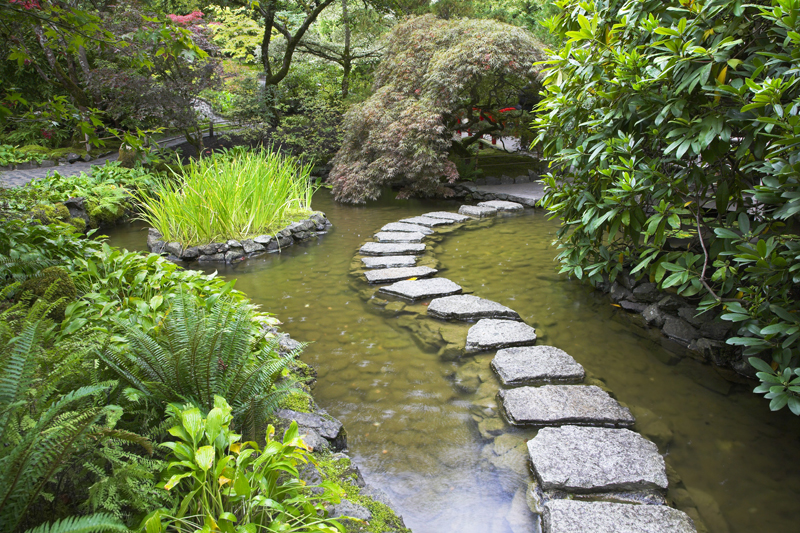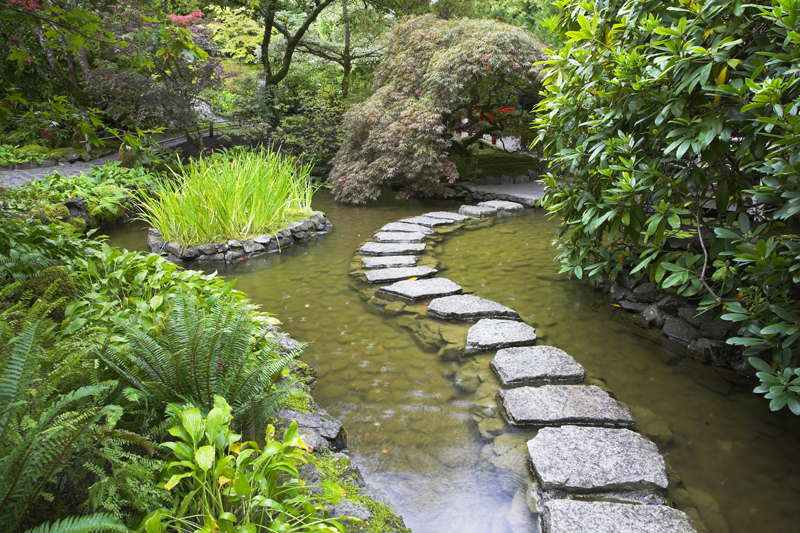Introduction to Gladiolus

The name gladiolus comes from the Latin and translates as small sword in reference to the shape of the foliage.
The gladiolus are also called flag, corn lily, and sword lily. They are members of the Iris family. The plants are native to Africa and South Africa. These are hardy to zone seven and higher, depending on the type being grown.
Most cultivated gladiolus are hybrids. These plants have been in cultivation long enough for them to be considered heirloom plants.
Gardeners will find many varieties of gladiolus are readily available. The size of a gladiolus plant as well as the shape and size of the blossoms can vary widely from one variety to another. The stems are mostly erect and unbranched.
These are very leafy plants. They feature long, narrow, sword-like foliage that forms tufts. These leaves taper to a point. The flowers can be a solid color or mixed colors, especially bicolors and tricolors. The flower color varies widely. The only true color missing in the gladiolus flower palettte is true blue.
Gladiolus blossoms are very showy, which is certainly one reason they are very popular. The fact that these are readily available and are easy to grow also add to their popularity among gardeners.
These are widely used as cut flowers. The best time to cut the stem is as soon as the first blossom opens. As cut flowers, these stems can last for quite some time, one to two weeks. These flowers have six segments with the lower parts being smaller.
The blossoms are borne in large clusters along the entire length of the flower stems. These flowers are funnel-like and irregular in shape. Those located at the bottom of the stem open first. There are leafy bracts along the length of the stems.
The size of the blossoms can vary widely. The miniatures have the smallest blooms of all. For those with large blossoms, their size can reach 2 ½ inches wide. Those with the largest ones are called giants and can be six inches across.
The funnel-like blossoms can take many forms. They can be frilled, ruffled, or funnel-like. There are also ones with wavy edges.
Those gladiolus with small blossoms are usually easier to grow partly because they don’t require staking.
In general, gladiolus blossoms are good sources of nectar. However the nectar tends to have a low concentration of sugar, 30% or so. Despite that, the gladiolus are recommended for pollinator gardens.
The corolla tube in the blooms is typically full of nectar. Apparently, gladiolus don’t provide a lot of pollen for pollinators as observers have seen few signs that the pollinators are collecting pollen from the flowers.

Related Articles
Editor's Picks Articles
Top Ten Articles
Previous Features
Site Map
Content copyright © 2023 by Connie Krochmal. All rights reserved.
This content was written by Connie Krochmal. If you wish to use this content in any manner, you need written permission. Contact Connie Krochmal for details.



